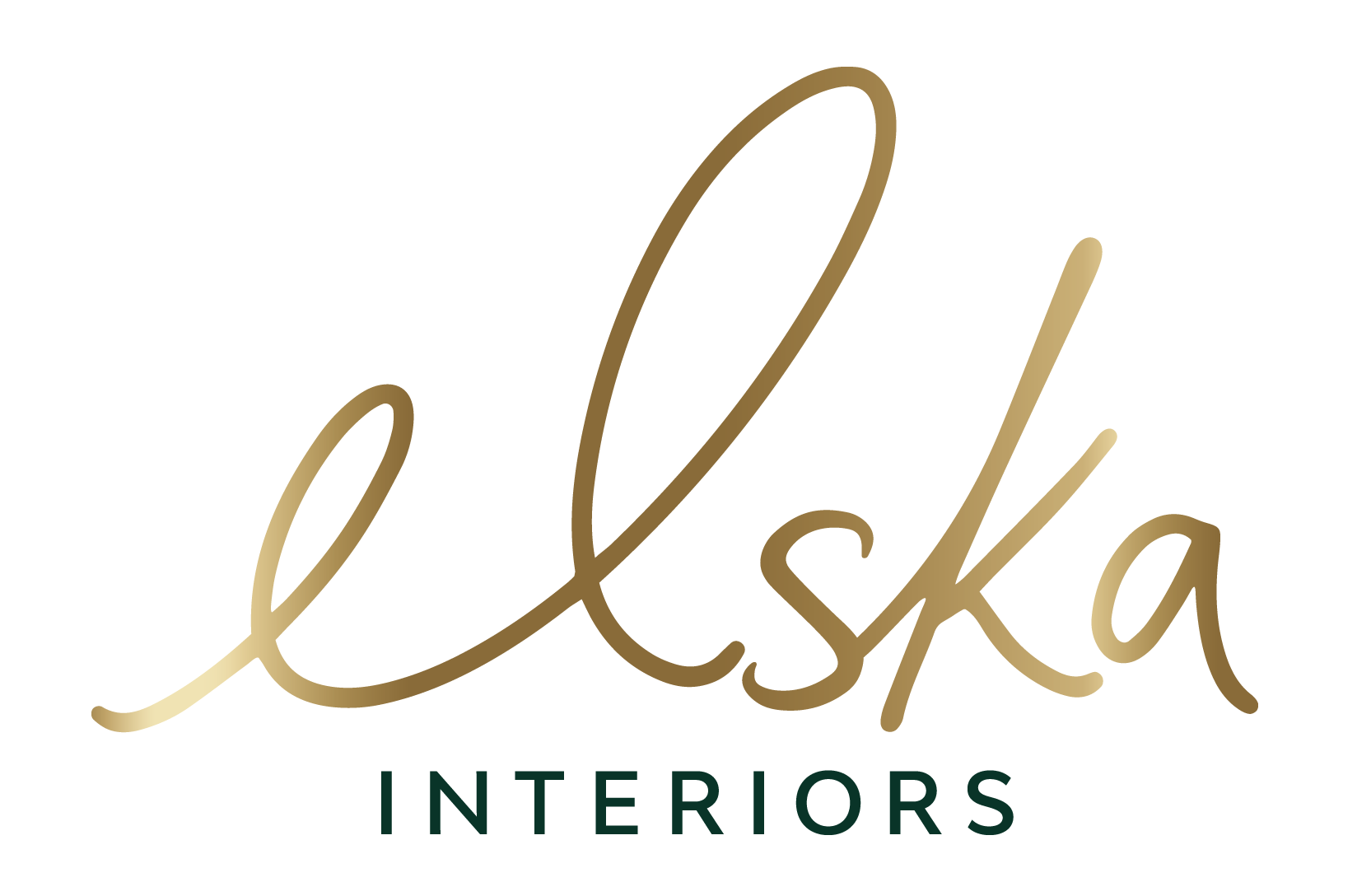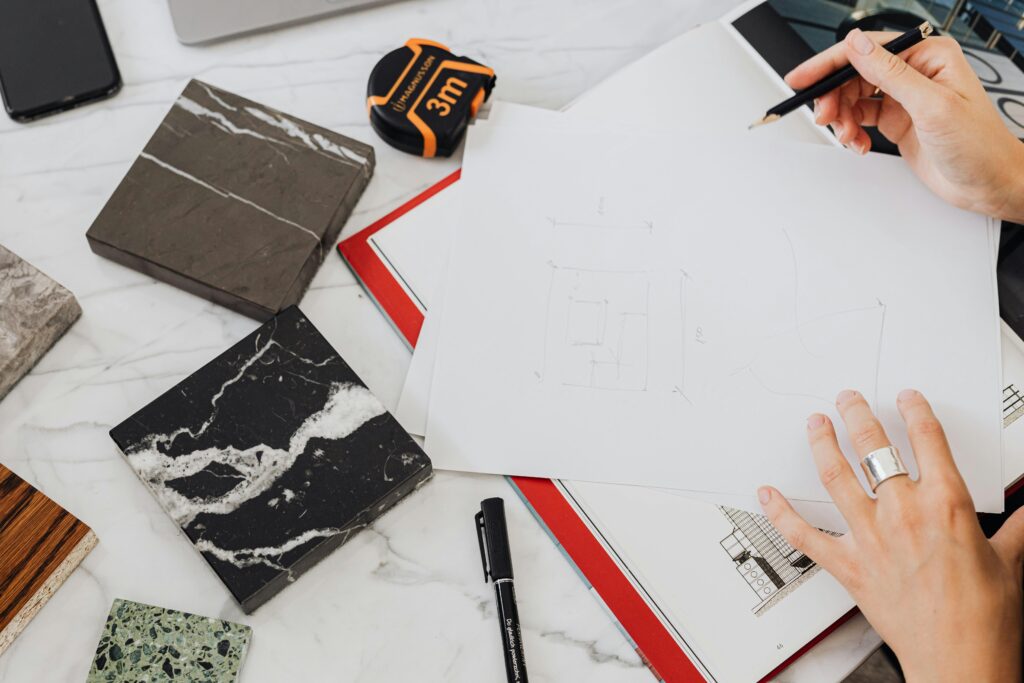Interviewing Your Interior Designer
If you’ve decided that an interior designer is right for your project it’s important that you interview them as you would for any job.
Here are some guiding questions for you.
Experience
Does the interior designer have the experience on the type of project you’re planning and with the level of assistance that you need? Designers offer varying levels of expertise. While they should all be able to offer materials specifications and floorplans, not all designers are setting out cabinetry wire drawings for your cabinet maker or electrical floorplans. Or you may be working on a period home that requires a delicate touch and the understanding of the issues that older homes bring including council regulations and necessary updates. Ask them to show you examples of work. Ask the following:
- What specific services do you offer?
- Do you coordinate with contractors and vendors?
- How do you approach space planning and layout optimization?
- What documentation can you provide for my project?
Professional Development
Interior designers in Australia are currently not a regulated industry and as such they are not required to demonstrate continuing professional development. The building industry is fast moving so it’s important to stay up to date with changes. Ask the designer what they do to stay up to date with current technologies and standards.
Style
Does your designer develop projects that feel like they are aligned with the style of home that you are hoping to achieve. It is not uncommon for designers to sit within a few styles of design but not all of them. Designing a home is like creating art and just like artists they will have particular styles they are better at.
Process
An experienced designer should be able to explain their process to you. While it may vary depending on project type they should be able to explain it clearly for you. Make sure that they can and that you like the way the process looks.
Communication and Collaboration
Not everyone communicates in the same way and considering how much communication is required in a home project, it is key to ensure you are aligned on this. Questions to ask include:
- How do you typically communicate with clients during the project?
- How often can I expect updates and progress reports?
- How do you handle feedback and revisions?
Budget, Timeline and Logistics
Every designer charges differently so be open and ask what their fee structure is. Common fee structures include hourly rates, flat fees and percentage of project cost. If it’s an hourly rate, be sure to ask for an estimation of time as a slow designer could end up costing more, even at a low hourly rate.
Ask for thoughts around project budget and the design and build timelines for the project (note that a designer can only give an estimate on the build timeline as it will vary depending on the trade employed and materials on hand).
Understand the likely start dates, resources available through your designer and potential roadblocks, as these may have financial implications and can be frustrating if they’re not clear up front. Ask the designer:
- Are you available to start my project within my desired timeframe?
- How many projects do you typically work on at one time?
- Do you have preferred contractors and vendors you work with regularly?
- Can you provide examples of how you’ve handled unexpected challenges or issues on past projects?
- How do you deal with out of stock products?
Personal Compatibility
Because this is such an ongoing and important relationship, it’s important to understand if you feel you have a personal compatibility. When you enjoy working together, the journey and the outcome will simply be better for everyone. Ask the designer some of the following questions (and ask yourself if you enjoy being in the room with this person):
- What do you believe is the most important aspect of the designer-client relationship?
- How do you ensure that your designs reflect the client’s personality and lifestyle?
- What makes you passionate about interior design?
Additional Considerations
If you have needs specific to your project do not be afraid to ask about them. Ask relevant questions such as:
- Do you incorporate sustainable or eco-friendly design practices?
- Are you comfortable working with existing furniture or decor that I want to keep?
- Do you have experience with autistic or ADHD needs?
- What’s your understanding around allergen friendly interiors?
- Have you worked on human centric or biophilic design principles?




